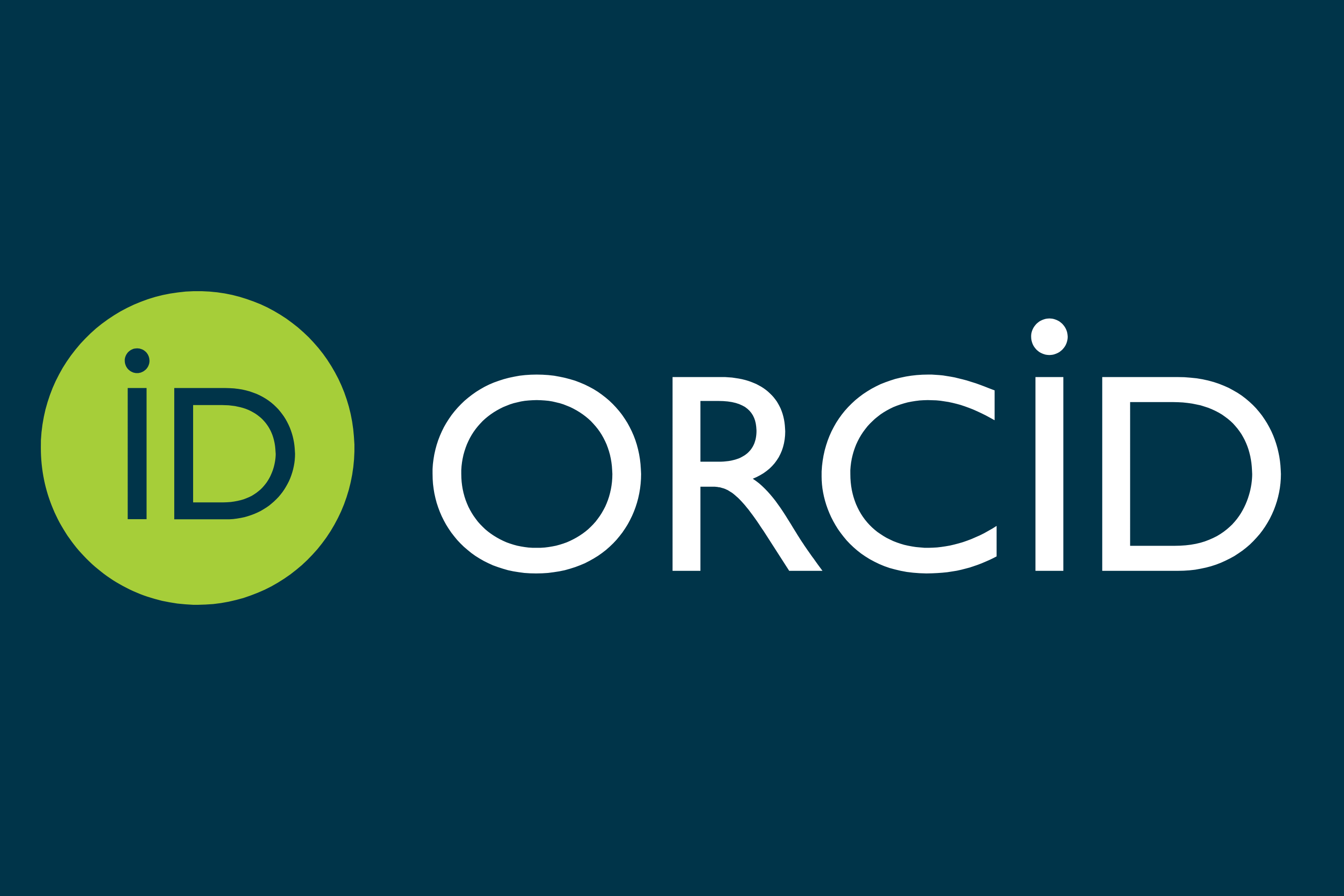The Role of Tax Planning for Senior Taxpayers in Increasing Tax Revenues
DOI:
https://doi.org/10.31272/jae.i145.1288Keywords:
Planning, tax base, taxpayers, Revenue, tax evasionAbstract
The importance of the research comes from the importance of tax policy, which is one of the tools that works on...Achieving economic, financial, and social goals and improving the country’s investment environment will help it become more capable of stimulating the wheel of the national economy. The research started from the problem of (Does tax planning practised by senior taxpayers affects the tax base in the long term by benefiting from cash savings, expanding various activities, or creating new projects, which... It is reflected in the tax base and thus increases tax revenues). At the same time, the research hypothesis stated that tax planning practised by senior taxpayers contributes to encouraging entry into new projects that are directly proportional to tax revenues in the long term. The research aims to clarify the concept of tax planning, its importance, strategies and the extent of its contribution to policy-making. Expansion of investment and the research resulted in several conclusions, the most prominent of which is that the senior taxpayers in the research sample agreed that the tax savings obtained through tax planning are a significant factor in determining the economic position of the state in the short term and the main reason for economic growth in the long term, which is the reason for creating... New job opportunities, pumping production and services, transferring technology, and increasing exports. As a result, this is reflected positively in these companies' contribution to the economy's growth and increasing tax revenues in the future.
Downloads
References
[1]احمد ، احمد ماهر، ( 2014) التخطـيطـ الاستراتيجي طـ2، الدار الجامعية ، الاسكندرية.
[2]الدوري، مؤيد عبد الرحمن،(2010) ادارة الاستثمـار والمحافظـ الاستثمـارية، طـ1 عمان ، الاردن ، .
[3]القيسي، أعاد حمود (2011)، المالية العامة والتشريع الضريبي طـ/8، إثراء للنشر والتوزيع ، عمان ، الأردن.
[4]ديوان الرقابة المالية ، مجلس المعايير المحاسبية و الرقابية ، القاعدة المحاسبية رقم (6) المتعلقة بالإفصاح عن المعلومات المتعلقة بالبيانات المالية والسياسات المحاسبية.
[5]ديوان الرقابة المالية ، مجلس المعايير المحاسبية و الرقابية ، دليل التدقيق رقم (2) المتعلق بتقرير مراقب الحسابات حول البيانات المالية.
[6]زيني، محمد علي، الاقتصاد العراقي الماضي والحاضر وخيارات المستقبل، طـ3 ، دار الملاك للفنون والادب والنشر بغداد ، 2009.
[7]صبري، نضال رشيد، محاسبة ضريبة الدخل، طـ1، منشورات جامعة القدس المفتوحة ، 1998.
[8]عبد الغفار، هناء، الاستثمـار الاجنبي المباشر والتجارة الدولية، طـ1، بيت الحكمة، بغداد ، 2002 .
[9]فضل / واخرون ( 2008) دور الحوافز الضريبية في جذب الاستثمـارات الاجنبية بحث مقدم الى الندوة العلمية الضريبية الاولى / بغداد / .
[10]قانون الشركات رقم (21) لسنة (1997) المعدل .
[11]قانون ضريبة الدخل رقم (113) لسنة ( 1982) والقرارات الملحقة به وتعديلاته.
[12]كماش / كريم سالم ( 2010) مستقبل النظـام الضريبي في العراق في ظـل التحول الى اقتصاد السوق رسالة دكتوراة / كلية الادارة والاقتصاد / الجامعة المستنصرية.
[13]ناصر/ عبير علي (2019 ) دور التخطيط المالي لمواجهة عجز الموازنة في ظل شروط صندوق النقد الدولي رسالة دبلوم عالي معادل للماجستير / المعهد العالي للدراسات المحاسبية والمالية / جامعة بغداد /.
[14]نظـام مسك الدفاتر التجارية لإغراض ضريبة الدخل رقم (2) لسنة (1985 ).
[15] KPMG, Aggressive tax planning, Working paper, Finances Quebec, January 2009
[16] William, Michael G, Hughes John S, and Levine, Carolyn B ( Influence of Capital Gain Tax policy on the credibility of Unverified Disclosures ) The Accounting Review vo185 Lssue2, March 2010.

Downloads
Published
Issue
Section
License
The journal of Administration & Economics is an open- access journal that all contents are free of charge. Articles of this journal are licensed under the terms of the Creative Commons Attribution International Public License CC-BY 4.0 (https://creativecommons.org/licenses/by/4.0/legalcode) that licensees are unrestrictly allowedto search, download, share, distribute, print, or link to the full text of the articles, crawl them for indexing and reproduce any medium of the articles provided that they give the author(s) proper credits (citation). The journal allows the author(s) to retain the copyright of their published article.
Creative Commons-Attribution (BY)









